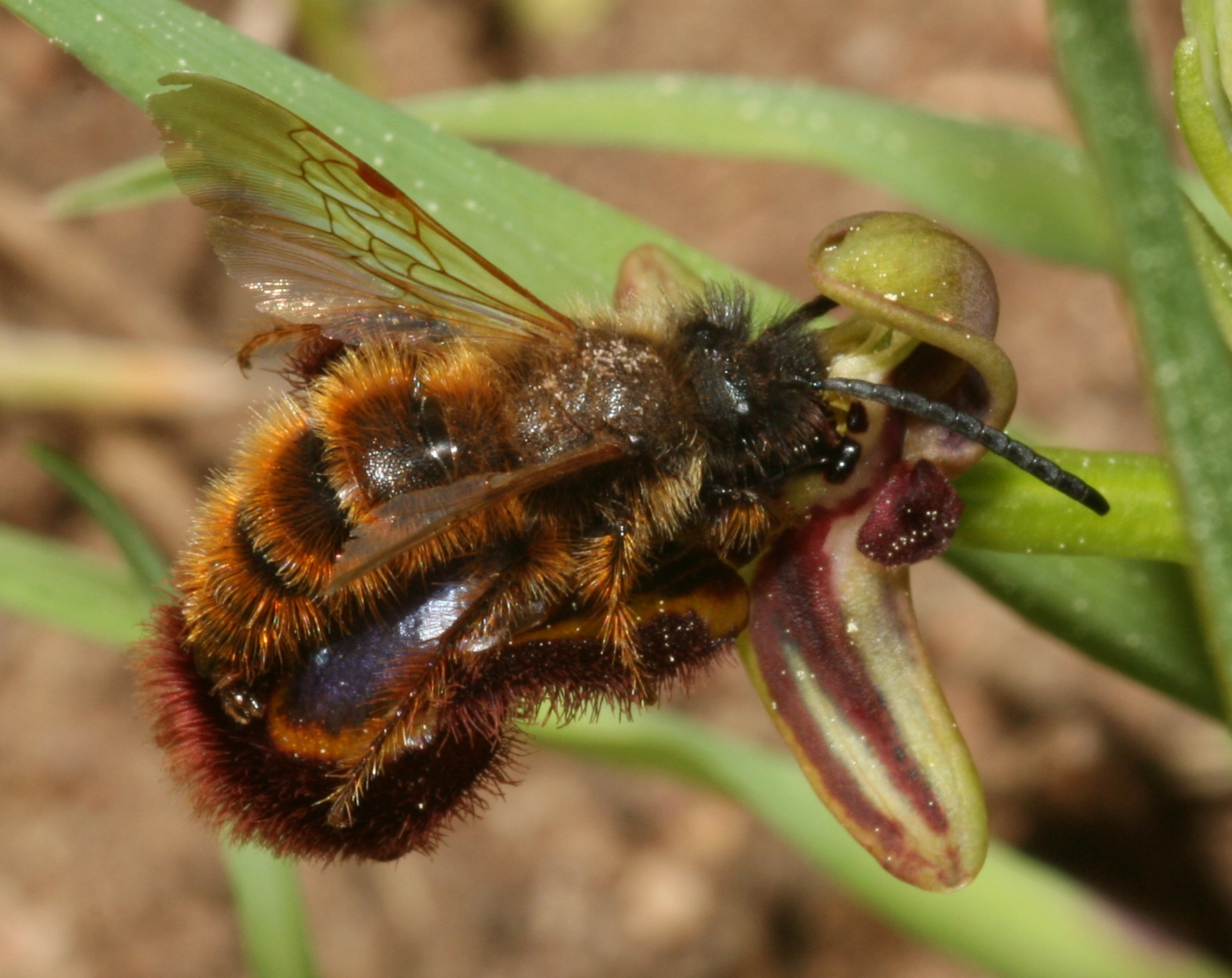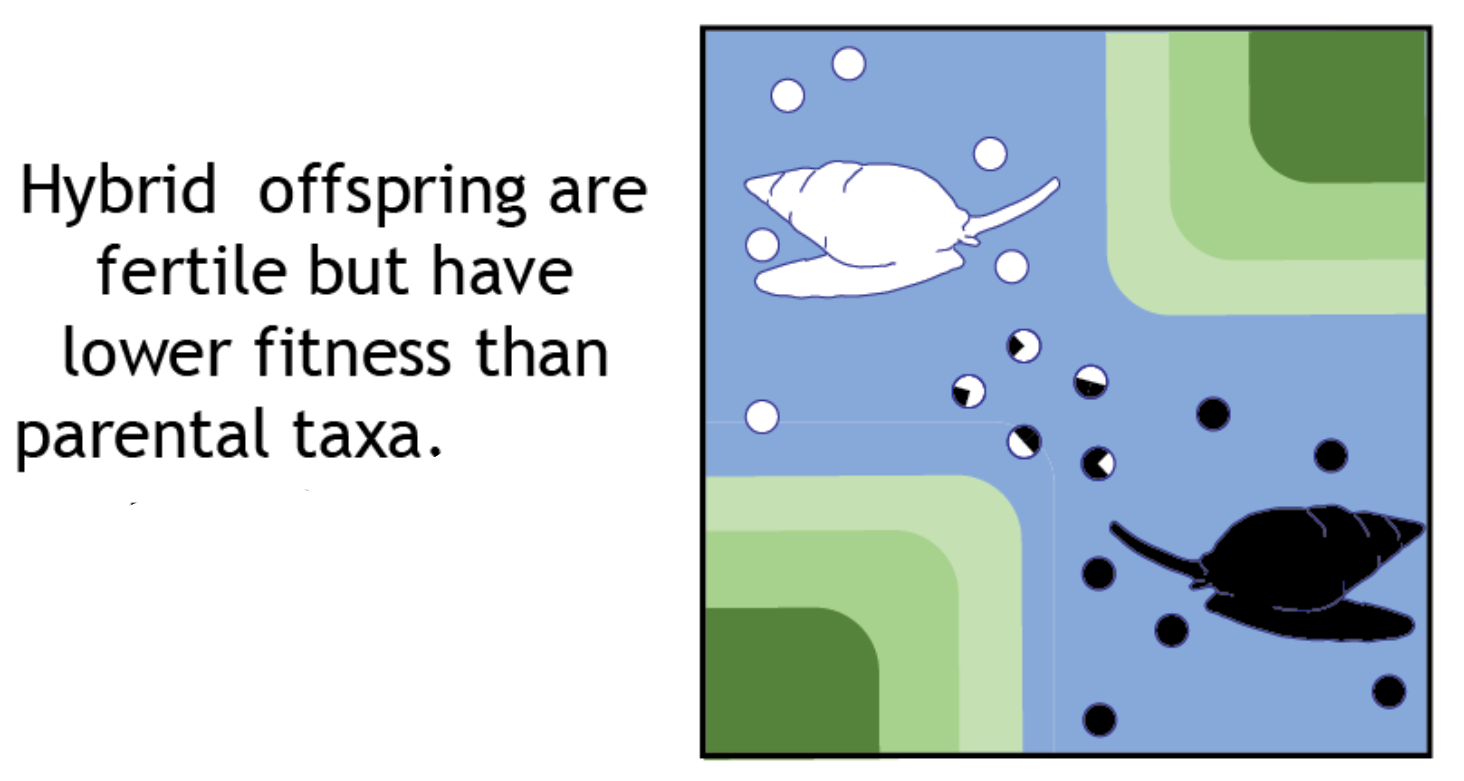|
Zootermopsis Angusticollis
''Zootermopsis angusticollis'' is a species of termite (Isoptera) in the family Archotermopsidae, a group known as the dampwood termites, or the rottenwood termites. As their name suggests, the dampwood termites can only survive by living off of wood that contains high amounts of moisture. They are found along the wet environments of the Pacific coast of North America. Most are found in the states of California, Oregon, Washington, Idaho, Western Nevada and in southern British Columbia. Termites are well known to be destroyers of wood, and although the dampwood termites can cause some damage, they are not as notoriously known to cause as much damage to buildings as the drywood termites. They occasionally have been carried to other parts of the country through wood shipments, but have not been able to become established in these areas due to undesirable environmental conditions. Identification ''Z. angusticollis'' is a hemimetabolous, diploid species. Upon hatching from their egg ... [...More Info...] [...Related Items...] OR: [Wikipedia] [Google] [Baidu] |
Species
In biology, a species is the basic unit of classification and a taxonomic rank of an organism, as well as a unit of biodiversity. A species is often defined as the largest group of organisms in which any two individuals of the appropriate sexes or mating types can produce fertile offspring, typically by sexual reproduction. Other ways of defining species include their karyotype, DNA sequence, morphology, behaviour or ecological niche. In addition, paleontologists use the concept of the chronospecies since fossil reproduction cannot be examined. The most recent rigorous estimate for the total number of species of eukaryotes is between 8 and 8.7 million. However, only about 14% of these had been described by 2011. All species (except viruses) are given a two-part name, a "binomial". The first part of a binomial is the genus to which the species belongs. The second part is called the specific name or the specific epithet (in botanical nomenclature, also sometimes i ... [...More Info...] [...Related Items...] OR: [Wikipedia] [Google] [Baidu] |
Termites
Termites are small insects that live in colonies and have distinct castes (eusocial) and feed on wood or other dead plant matter. Termites comprise the infraorder Isoptera, or alternatively the epifamily Termitoidae, within the order Blattodea (along with cockroaches). Termites were once classified in a separate order from cockroaches, but recent phylogenetic studies indicate that they evolved from cockroaches, as they are deeply nested within the group, and the sister group to wood eating cockroaches of the genus ''Cryptocercus''. Previous estimates suggested the divergence took place during the Jurassic or Triassic. More recent estimates suggest that they have an origin during the Late Jurassic, with the first fossil records in the Early Cretaceous. About 3,106 species are currently described, with a few hundred more left to be described. Although these insects are often called "white ants", they are not ants, and are not closely related to ants. Like ants and some bees an ... [...More Info...] [...Related Items...] OR: [Wikipedia] [Google] [Baidu] |
Trichonympha
''Trichonympha'' is a genus of single-celled, anaerobic parabasalids of the order Hypermastigia that is found exclusively in the hindgut of lower termites and wood roaches. ''Trichonympha''’s bell shape and thousands of flagella make it an easily recognizable cell. The symbiosis between lower termites/wood roaches and ''Trichonympha'' is highly beneficial to both parties: ''Trichonympha'' helps its host digest cellulose and in return receives a constant supply of food and shelter. ''Trichonympha'' also has a variety of bacterial symbionts that are involved in sugar metabolism and nitrogen fixation. Etymology The word ''Trichonympha'' is a compound of the New Latin word ‘tricho’ and the word ‘nympha’. ‘Tricho’ in its simplest form refers to hair, and in this case makes reference to the many flagella of ''Trichonympha''. The ending ‘nympha’ was chosen by Joseph Leidy in 1877 when he first observed ''Trichonympha'' because their flagella reminded him of nymphs fr ... [...More Info...] [...Related Items...] OR: [Wikipedia] [Google] [Baidu] |
Protist
A protist () is any eukaryotic organism (that is, an organism whose cells contain a cell nucleus) that is not an animal, plant, or fungus. While it is likely that protists share a common ancestor (the last eukaryotic common ancestor), the exclusion of other eukaryotes means that protists do not form a natural group, or clade. Therefore, some protists may be more closely related to animals, plants, or fungi than they are to other protists. However, like the groups ''algae'', ''invertebrates'', and '' protozoans'', the biological category ''protist'' is used for convenience. Others classify any unicellular eukaryotic microorganism as a protist. The study of protists is termed protistology. History The classification of a third kingdom separate from animals and plants was first proposed by John Hogg in 1860 as the kingdom Protoctista; in 1866 Ernst Haeckel also proposed a third kingdom Protista as "the kingdom of primitive forms". Originally these also included prokaryotes, b ... [...More Info...] [...Related Items...] OR: [Wikipedia] [Google] [Baidu] |
Coevolution
In biology, coevolution occurs when two or more species reciprocally affect each other's evolution through the process of natural selection. The term sometimes is used for two traits in the same species affecting each other's evolution, as well as gene-culture coevolution. Charles Darwin mentioned evolutionary interactions between flowering plants and insects in ''On the Origin of Species'' (1859). Although he did not use the word coevolution, he suggested how plants and insects could evolve through reciprocal evolutionary changes. Naturalists in the late 1800s studied other examples of how interactions among species could result in reciprocal evolutionary change. Beginning in the 1940s, plant pathologists developed breeding programs that were examples of human-induced coevolution. Development of new crop plant varieties that were resistant to some diseases favored rapid evolution in pathogen populations to overcome those plant defenses. That, in turn, required the development of ... [...More Info...] [...Related Items...] OR: [Wikipedia] [Google] [Baidu] |
Hindgut
The hindgut (or epigaster) is the posterior ( caudal) part of the alimentary canal. In mammals, it includes the distal one third of the transverse colon and the splenic flexure, the descending colon, sigmoid colon and up to the ano-rectal junction. In zoology, the term ''hindgut'' refers also to the cecum and ascending colon. Structure Blood supply Arterial supply is by the inferior mesenteric artery, and venous drainage is to the portal venous system. Lymphatic drainage is to the chyle cistern. Nerve supply The hindgut is innervated via the inferior mesenteric plexus. Sympathetic innervation is from the Lumbar splanchnic nerves (L1-L2), parasympathetic innervation is from S2-S4. Development Additional images File:Gray985.png, Abdominal part of digestive tube and its attachment to the primitive or common mesentery. Human embryo of six weeks. File:Gray1115.png, Tail end of human embryo twenty-five to twenty-nine days old. File:Illacme plenipes female with 170 segments and ... [...More Info...] [...Related Items...] OR: [Wikipedia] [Google] [Baidu] |
Microbial Symbiosis And Immunity
Long-term close-knit interactions between symbiotic microbes and their host can alter host immune system responses to other microorganisms, including pathogens, and are required to maintain proper homeostasis. The immune system is a host defense system consisting of anatomical physical barriers as well as physiological and cellular responses, which protect the Host (biology), host against harmful microorganisms while limiting host responses to harmless Symbiosis, symbionts. Humans are home to 1013 to 1014 bacteria, roughly equivalent to the number of human cells, and while these bacteria can be pathogenic to their host most of them are Mutualism (biology), mutually beneficial to both the host and bacteria. The human immune system consists of two main types of immunity: innate and adaptive. The innate immune system is made of non-specific defensive mechanisms against foreign cells inside the host including skin as a physical barrier to entry, activation of the Complement system, com ... [...More Info...] [...Related Items...] OR: [Wikipedia] [Google] [Baidu] |
Symbiosis
Symbiosis (from Greek , , "living together", from , , "together", and , bíōsis, "living") is any type of a close and long-term biological interaction between two different biological organisms, be it mutualistic, commensalistic, or parasitic. The organisms, each termed a symbiont, must be of different species. In 1879, Heinrich Anton de Bary defined it as "the living together of unlike organisms". The term was subject to a century-long debate about whether it should specifically denote mutualism, as in lichens. Biologists have now abandoned that restriction. Symbiosis can be obligatory, which means that one or more of the symbionts depend on each other for survival, or facultative (optional), when they can generally live independently. Symbiosis is also classified by physical attachment. When symbionts form a single body it is called conjunctive symbiosis, while all other arrangements are called disjunctive symbiosis."symbiosis." Dorland's Illustrated Medical Dictionary. ... [...More Info...] [...Related Items...] OR: [Wikipedia] [Google] [Baidu] |
Outbreeding Depression
In biology, outbreeding depression happens when crosses between two genetically distant groups or populations result in a reduction of fitness. This is particularly likely if the subspecies have different habitats or if no genetic exchange has occurred, except in the distant past. The concept is in contrast to inbreeding depression, although the two effects can occur simultaneously. The risks of outbreeding are on par with the risks of inbreeding, and these risks sometimes limits the potential for genetic rescue or augmentations. Indeed, studies that report hybridization in mammals find resulting negative consequences about 4 times more likely than positive consequences. Outbreeding depression can occur between an invasive population and a native populations; hybridization can result in extinction of the native species or the loss of native adaptations. Outbreeding depression considered post-zygotic response because outbreeding depression is noted usually in the performance of the ... [...More Info...] [...Related Items...] OR: [Wikipedia] [Google] [Baidu] |
Outbreeding
Out-crossing or out-breeding is the technique of crossing between different breeds. This is the practice of introducing distantly related genetic material into a breeding line, thereby increasing genetic diversity. Outcrossing can be a useful technique in animal breeding. The outcrossing breeder intends to remove the traits by using "new blood." With dominant traits, one can still see the expression of the traits and can remove those traits whether one outcrosses, line breeds or inbreeds. With recessive traits, outcrossing allows for the recessive traits to migrate across a population. Many traits are Mendelian and therefore exhibit a more complicated intermediate phenotype. The outcrossing breeder then may have individuals that have many deleterious genes that may be expressed by subsequent inbreeding. There is now a gamut of deleterious genes within each individual in many dog breeds. Increasing the variation of genes or alleles within the gene pool may protect against exti ... [...More Info...] [...Related Items...] OR: [Wikipedia] [Google] [Baidu] |
Inbreeding
Inbreeding is the production of offspring from the mating or breeding of individuals or organisms that are closely related genetically. By analogy, the term is used in human reproduction, but more commonly refers to the genetic disorders and other consequences that may arise from expression of deleterious or recessive traits resulting from incestuous sexual relationships and consanguinity. Animals avoid incest only rarely. Inbreeding results in homozygosity, which can increase the chances of offspring being affected by recessive traits. In extreme cases, this usually leads to at least temporarily decreased biological fitness of a population (called inbreeding depression), which is its ability to survive and reproduce. An individual who inherits such deleterious traits is colloquially referred to as ''inbred''. The avoidance of expression of such deleterious recessive alleles caused by inbreeding, via inbreeding avoidance mechanisms, is the main selective reason for outcrossin ... [...More Info...] [...Related Items...] OR: [Wikipedia] [Google] [Baidu] |








